Bwindi Impenetrable National Park vs Mgahinga: Where to Trek Gorillas
The Allure of Uganda’s Gorilla Highlands
Uganda, often celebrated as the “Pearl of Africa,” is home to some of the most iconic wildlife experiences on the planet. Among these, gorilla trekking stands as the crown jewel, drawing adventurers and wildlife enthusiasts from across the globe. The dense, mist-laden forests of southwestern Uganda harbor the elusive mountain gorilla, a species that has captivated the imagination of scientists and travelers alike. Two of the nation’s most prominent trekking destinations are Bwindi Impenetrable National Park and Mgahinga Gorilla National Park, each offering a unique encounter with these gentle giants. Choosing between the two is a decision that is shaped not only by logistics but also by the desired trekking experience, wildlife diversity, and natural beauty.
Bwindi Impenetrable National Park: A Living Relic of Nature
Overview and Location
Bwindi Impenetrable National Park, a UNESCO World Heritage Site, stretches over 321 square kilometers of rugged, undulating terrain. Nestled within the southwestern corner of Uganda, the park lies adjacent to the Democratic Republic of Congo’s forests, forming a critical corridor for biodiversity. Its name, “Impenetrable,” is derived from the thick, tangled vegetation that dominates the landscape, creating a forest that appears almost untouchable to the untrained eye. This dense canopy provides sanctuary to over 400 species of plants, 120 mammal species, and a rich avifauna that appeals to bird watchers and ecologists alike.
Gorilla Trekking Experience in Bwindi
The mountain gorilla population in Bwindi is among the largest in the world, accounting for nearly half of the remaining wild gorillas globally. The trekking experience here is distinguished by both its intensity and reward. Treks commence in the early hours of the morning, with guides leading visitors through thick undergrowth, steep valleys, and winding paths. The trails, often muddy and slippery due to frequent rainfall, test the endurance and resolve of trekkers. Despite the challenges, the payoff is profound. Encountering a gorilla family in its natural habitat, observing the intricate social interactions, and witnessing the gentle giants up close instills a sense of awe that lingers long after the trek concludes.
Bwindi is home to multiple habituated gorilla families, each with its own distinct personality traits and social structures. The guides, well-versed in gorilla behavior, ensure that interactions remain safe, respectful, and minimally invasive. Observations are strictly limited to one hour per group, fostering an environment where both the gorillas and the trekkers can engage without undue stress.
Biodiversity Beyond Gorillas
While gorillas dominate the allure, Bwindi’s biodiversity extends far beyond them. The forest is a haven for numerous primate species, including chimpanzees, black-and-white colobus monkeys, and red-tailed monkeys. Its streams and waterfalls host unique amphibians and freshwater fish, while its understory shelters rare orchids and medicinal plants long used by local communities. Birdwatchers can expect to encounter species such as the African green broadbill, great blue turaco, and the elusive grey parrot, making Bwindi an all-encompassing nature experience rather than a single-species destination.
Trekking Logistics and Accessibility
Trekking in Bwindi requires careful preparation. The park is divided into four main sectors: Nkuringo, Buhoma, Ruhija, and Rushaga, each offering varying degrees of difficulty and proximity to gorilla families. Buhoma, the most visited sector, provides relatively moderate trails, suitable for those seeking a more leisurely experience. Nkuringo and Ruhija, in contrast, demand greater stamina due to steep inclines and remote access routes. All treks are guided, with permits required months in advance due to high demand. Accommodations near Bwindi range from luxury lodges with panoramic forest views to community-run guesthouses, providing a spectrum of options for different traveler preferences.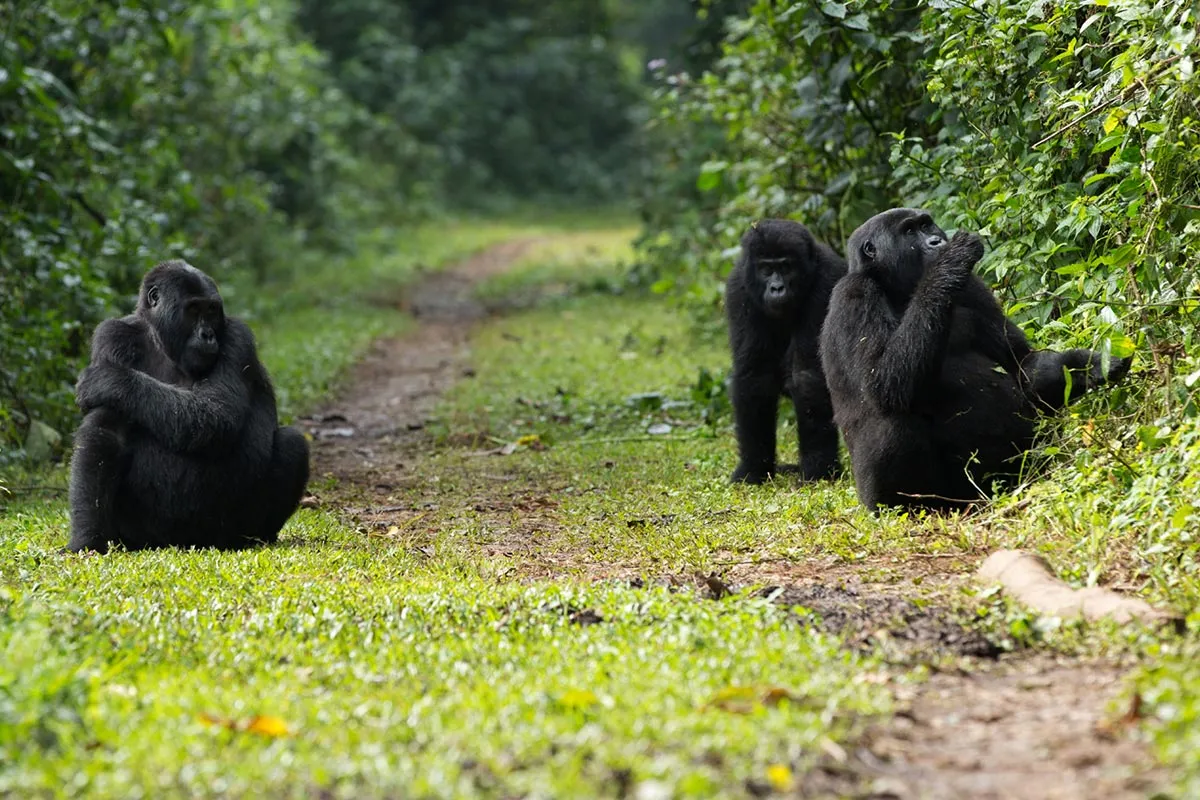
Mgahinga Gorilla National Park: The Hidden Gem
Overview and Location
In contrast to Bwindi, Mgahinga Gorilla National Park is considerably smaller, spanning only 33.7 square kilometers at the foot of the Virunga Volcanoes. It lies on the border triangle between Uganda, Rwanda, and the Democratic Republic of Congo, creating a unique ecosystem where montane forests, bamboo thickets, and volcanic slopes converge. This park is less frequented than Bwindi, making it a haven for travelers seeking intimacy with nature and a quieter trekking experience.
Gorilla Trekking Experience in Mgahinga
The gorilla population in Mgahinga is smaller, with only one habituated gorilla family available for trekking. Despite this limitation, the experience is equally profound. Trekkers navigate dense bamboo forests and volcanic slopes, often encountering varied terrain and breathtaking panoramas. The trek tends to be less crowded than in Bwindi, providing a sense of exclusivity and a more personal connection with the gorillas. Observing the gorillas’ interactions amidst the backdrop of volcanic peaks offers a unique perspective that is distinct from Bwindi’s dense rainforest setting.
The habituated family in Mgahinga provides insights into gorilla behavior that are slightly different from those in Bwindi due to the park’s unique environment and smaller population size. The guides, trained in both ecological knowledge and cultural history, ensure that the interaction remains educational, safe, and respectful. As with Bwindi, visits are limited to one hour per family to minimize stress on the animals.
Diverse Landscapes and Additional Activities
Mgahinga’s compact size belies its ecological richness. Beyond gorilla trekking, the park is renowned for the Golden Monkey tracking experience, offering trekkers the chance to observe these playful primates in bamboo forests. The Virunga volcanic slopes allow for mountain hiking, where the ascent of Mount Sabinyo or Mount Gahinga provides sweeping views of the tri-national landscape. Hot springs, crater lakes, and cultural encounters with local Batwa communities further enrich the visitor experience, providing a blend of adventure, natural beauty, and anthropological insight.
Trekking Logistics and Accessibility
Accessibility to Mgahinga is generally easier than Bwindi due to its proximity to Kisoro town and less demanding entry processes. The park is less congested, resulting in more flexible scheduling for gorilla permits. Accommodation options, though fewer than Bwindi, include eco-lodges and community guesthouses that emphasize sustainable tourism. The park’s smaller scale means that trekking requires fewer hours in transit, allowing more time to immerse in the natural surroundings or engage in additional activities.
Comparative Analysis: Bwindi vs Mgahinga
Gorilla Population and Viewing Opportunities
The most apparent distinction between Bwindi and Mgahinga lies in the gorilla population. Bwindi boasts multiple habituated families, increasing the likelihood of sightings and offering varied experiences for repeat visitors. Mgahinga, while smaller in gorilla numbers, provides a unique sense of exclusivity and often a more intimate encounter due to lower visitor numbers. For wildlife enthusiasts prioritizing a higher probability of multiple sightings, Bwindi is often preferred. Those seeking a quieter, more secluded experience may find Mgahinga more appealing.
Terrain and Trekking Difficulty
Trekking difficulty is another critical factor. Bwindi’s terrain is characterized by dense, wet rainforest with steep inclines and uneven paths. The forest’s impenetrable nature can make navigation challenging, demanding both physical stamina and mental perseverance. Mgahinga, while still rugged, presents a combination of bamboo forest and volcanic slopes, which can be steep but are generally more open, offering panoramic views along the way. Those with moderate fitness levels may find Mgahinga less physically taxing, while seasoned trekkers may relish Bwindi’s challenging terrain.
Scenic Beauty and Photographic Opportunities
Both parks offer stunning visual landscapes, but in markedly different ways. Bwindi’s dense rainforest, interspersed with misty valleys, waterfalls, and diverse plant life, provides a mystical atmosphere that is ideal for close-up wildlife photography. Mgahinga’s volcanic scenery, with crater lakes and distant peaks, offers sweeping vistas and opportunities for landscape photography that Bwindi cannot match. For travelers seeking to capture the raw, expansive beauty of Uganda’s highlands, Mgahinga presents unique photographic potential.
Wildlife Diversity Beyond Gorillas
While gorillas remain the central attraction, Bwindi’s larger area supports greater biodiversity, from numerous primate species to a rich avifauna, making it a comprehensive wildlife destination. Mgahinga, though smaller, offers the distinctive experience of tracking Golden Monkeys and witnessing the interactions of wildlife in a volcanic ecosystem. The choice between the two thus depends on whether the visitor prioritizes biodiversity and forest immersion (Bwindi) or volcanic landscapes and fewer crowds (Mgahinga).
Cultural and Community Experiences
Cultural engagement is increasingly recognized as an integral part of ecotourism. In Bwindi, interactions with the Batwa pygmy communities provide insights into traditional forest lifestyles, indigenous knowledge, and the challenges of modern conservation. Mgahinga offers similar encounters, but with a more intimate focus due to the smaller scale of tourism. Both parks emphasize responsible tourism, where community benefits are intertwined with conservation efforts, ensuring that visits contribute to both ecological and social sustainability.
Accessibility and Accommodation Options
Accessibility plays a decisive role in planning a gorilla trek. Bwindi’s multiple sectors and varying trail difficulties require careful logistical planning and often involve longer travel times from major towns such as Kabale or Kisoro. Mgahinga’s compact nature allows for shorter travel times and simpler logistics. Accommodation in Bwindi ranges from luxury lodges to budget-friendly guesthouses, while Mgahinga, though more limited, focuses on eco-lodges and community-centered stays. For visitors seeking comfort and a wide range of amenities, Bwindi may hold an advantage, whereas Mgahinga appeals to those prioritizing authenticity and immersion.
Choosing Between Bwindi and Mgahinga
The decision to trek in Bwindi or Mgahinga hinges on several personal preferences. Bwindi is ideal for those seeking abundant wildlife, multiple gorilla encounters, and immersive forest trekking. Mgahinga caters to travelers desiring a quieter, more exclusive experience, coupled with volcanic landscapes and unique primate sightings. Both destinations offer unforgettable encounters with mountain gorillas, yet each provides a distinct interpretation of Uganda’s natural and cultural heritage.
Ultimately, the choice is not merely about which park is better but about the type of adventure and connection with nature that the traveler desires. Bwindi offers a sense of being enveloped by a primeval rainforest teeming with life, while Mgahinga presents an intimate communion with gorillas amidst sweeping volcanic vistas.
An Invitation to Uganda’s Gorilla Wilderness
The mountain gorilla trekking experiences in Bwindi Impenetrable National Park and Mgahinga Gorilla National Park remain among the most compelling wildlife adventures in the world. Each park offers a distinctive combination of natural beauty, wildlife diversity, and cultural richness. Bwindi captivates with its dense, mystical forests and abundant gorilla families, while Mgahinga enchants with serene landscapes, volcanic peaks, and an intimate wildlife encounter. The allure of both destinations lies not only in the gorillas themselves but also in the broader ecological and cultural tapestry that frames each trek.
For travelers seeking to witness the majesty of mountain gorillas, understanding the nuances of each park ensures a more meaningful and fulfilling experience. Whether trekking through Bwindi’s impenetrable forest or ascending Mgahinga’s volcanic slopes, the encounter with these gentle giants is transformative, leaving an indelible mark on all who venture into their world.
To ensure a seamless, well-organized, and unforgettable journey, gorilla treks and safari adventures in Uganda can be booked through WildHorn Africa, a trusted provider specializing in immersive wildlife experiences. By choosing WildHorn Africa, travelers are guaranteed expert guidance, responsible tourism practices, and memories that will last a lifetime.

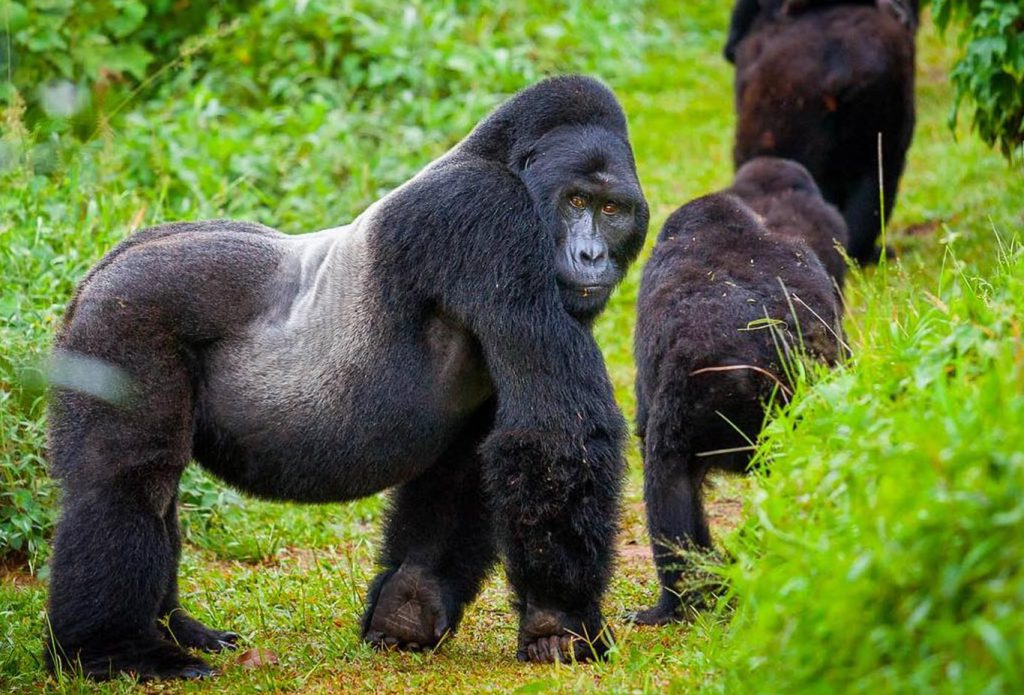
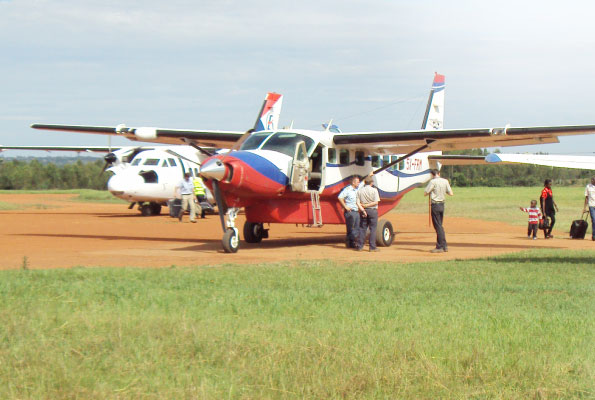
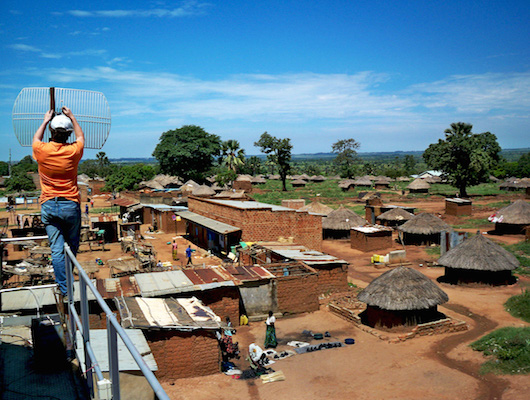
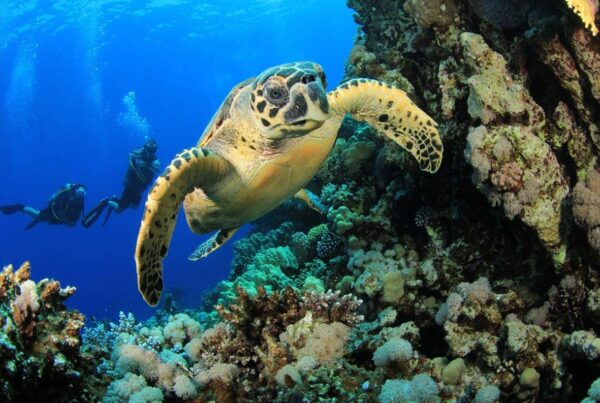
 WildHorn Africa – Authentic and unforgettable tours across Africa, guided by local experts who know the land, wildlife, and culture best.
WildHorn Africa – Authentic and unforgettable tours across Africa, guided by local experts who know the land, wildlife, and culture best.


